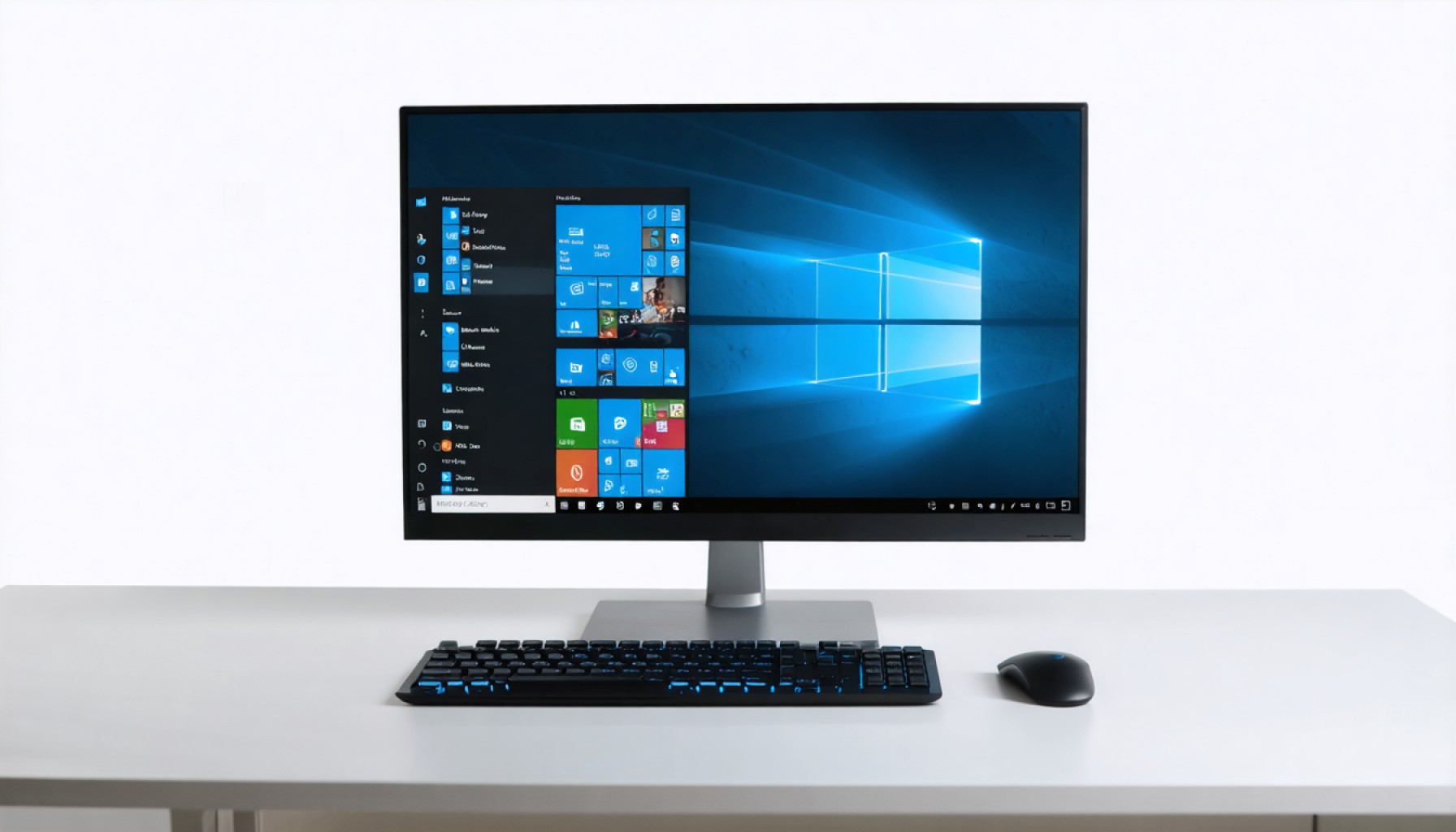- Microsoft’s latest Windows 11 Insider build introduces significant changes, focusing on user experience and security enhancements.
- The removal of the beloved bypassnro script, which allowed bypassing the mandatory Microsoft Account sign-in, has sparked debate among users.
- Microsoft aims to streamline the user experience by enforcing connectivity and account sign-ins, improving service synchronization across devices.
- Critics argue that local accounts offer simplicity without constant upselling notifications, providing a privacy-centric experience.
- The shift highlights the balance Microsoft seeks between user autonomy and software control, challenging users to adapt to new policies.
Microsoft has once again stirred the waters in the tech world with its latest Windows 11 Insider build, part of an ongoing effort to refine the operating system for modern users. Among numerous tweaks and adjustments, the company has quietly excised a favored workaround, aiming its sights squarely on bolstering the security and user experience.
Deep within the stack of new features lies the removal of the bypassnro script, a tool cherished by tech enthusiasts and administrators alike. This command prompt script once allowed users to bypass the mandatory Microsoft Account sign-in that has been a hallmark of Windows 11 installations. Whether setting up a new machine in a connectivity dead zone or simply favoring privacy with a local account, users had leaned heavily on this method.
Despite the inconvenience this change introduces for some, Microsoft is unwavering in its commitment to the measure. The company’s lead voices in the Windows Insider Program assert that this move is a step toward a more streamlined and secure experience. By mandating connectivity and Microsoft Account sign-ins, they are enveloping users in a seamless ecosystem—one where settings are effortlessly synchronized across devices, and services like OneDrive and Microsoft 365 are readily at hand.
However, for many, the charm of a local account lies in its simplicity—a quiet existence free from the constant nudges of upselling notifications. It’s a sanctuary for those who yearn for a digital experience unclouded by the trappings of connectivity.
As reality sets in, the message becomes clear: Adaptation is key. Tech aficionados must now chart new courses around these new policies, a nod to the ever-evolving dance between user autonomy and software governance. Microsoft’s audacious step is a reminder that progress often demands sacrifice, setting the stage for a future where your digital ties are more interconnected than ever before.
Windows 11 Insider Build: The End of Bypassnro and What It Means for Users
Examining Windows 11 Insider Build Changes: A Shift Towards Security and Connectivity
Microsoft’s latest Windows 11 Insider build is making waves with its decision to remove the popular `bypassnro` script. This script, previously utilized by many to bypass mandatory Microsoft Account sign-ins during setup, is no longer available. The change underscores Microsoft’s dedication to a more integrated and secure user environment, but it also raises important questions and challenges for users accustomed to greater autonomy.
FAQs: What You Need to Know About Mandatory Microsoft Accounts
Why has Microsoft removed the bypassnro script?
Microsoft aims to boost security and offer a seamless user experience by ensuring that users are part of their interconnected service ecosystem. This integration facilitates easier access to cloud services such as OneDrive and Microsoft 365 and maintains consistent settings across devices.
What are the benefits of using a Microsoft Account in Windows 11?
– Seamless Synchronization: Your preferences, settings, and credentials are synchronized across various devices.
– Enhanced Security: Utilizing Microsoft accounts allows better integration with security features like Windows Hello and two-factor authentication.
– Access to Services: Direct access to apps and services such as the Microsoft Store, OneDrive, and Microsoft 365.
What challenges does this change bring for users preferring local accounts?
Many users appreciate local accounts for their simplicity and the absence of persistent connectivity notifications. Local accounts offer increased privacy since they’re not linked to any online services, reducing data-sharing concerns.
Navigating the New Windows 11 Setup Requirements
With the removal of the bypassnro script, users must either:
1. Connect to the Internet: When setting up a new machine, an internet connection is essential.
2. Create/Use a Microsoft Account: New installations will require sign-in with an existing Microsoft account or the creation of a new one.
3. Explore Alternative Solutions: For users in connectivity-challenged environments, pre-configuring devices or using Ethernet connections temporarily might become necessary.
Market Trends: The Shift Towards a Connected Ecosystem
The move to mandatory Microsoft Accounts reflects broader industry trends prioritizing cloud integration, cybersecurity, and user interface consistency. This shift aligns with strategies seen in ecosystems like Apple’s or Google’s where accounts play a central role in user experience and functionality.
Pros and Cons of the New Setup Requirements
Pros:
– Streamlined User Experience: Integrated apps and services enhance usability.
– Improved Security: Accounts enforce stronger security measures.
– Consistent Environment: Settings and apps align across devices.
Cons:
– Reduced User Autonomy: Local account preferences are limited.
– Privacy Concerns: Some users are uncomfortable with comprehensive data synchronization.
– Setup Restriction: Internet access is required during the initial setup.
Actionable Recommendations for Users
– Evaluate Needs: Assess whether the seamless integration benefits outweigh privacy concerns.
– Plan Installation: Ensure internet access or a Microsoft account is prepared before setup.
– Stay Informed: Keep up with Windows Insider updates to understand evolving features.
Conclusion
Microsoft’s changes signal a resolute focus on melding user experience with security. While these updates may require some user adaptation, they ultimately aim to craft an environment where digital needs are more cohesively met. To successfully navigate these changes, users must balance their desire for independence with the compelling advantages of a connected digital life.
For more information on Windows 11 and to stay updated on Microsoft’s releases, visit the official Micosoft site.
